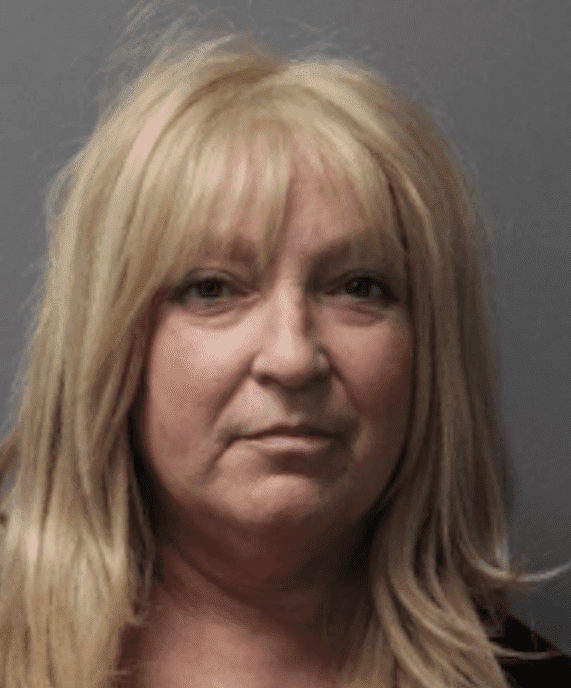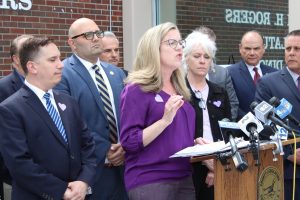By Sabrina Artusa
The past two years in Suffolk County had the warmest average mean temperature and the warmest average low temperature of any two consecutive years on record.
According to data recorded by the Southeast Regional Climate Center (SERCC), January 2023 to January 2025 were the hottest 730 days of the past 42 years.
The data, recorded at a station in Islip, reported the area’s average mean temperature as 55.1 degrees Fahrenheit, making it the third warmest year following 2023 and 2012, which both experienced an average mean temperature of 55.3 degrees Fahrenheit.
The average low temperature was 47.1 degrees Fahrenheit, tying with 2012 as the warmest average low temperature, followed by 2023 with an average low temp of 47.0, only .1 degrees cooler.
The years 2023 and 2024 rank high in most of the temperature charts, although 2024 was not among the top five highest average temperatures.
Long Island’s higher than normal temperatures are not unique; according to data obtained by the National Oceanic and Atmospheric Administration, the average temperature of the continental U.S. was the warmest to date.
Compared to the baseline–the temperature from 1900 to 2000– the average temp of the U.S. in 2024 was almost 3 degrees Fahrenheit warmer. The base is 52.01 degrees Fahrenheit while 2024 experienced an average of 54.94.
Dr. Elizabeth Watson, an associate professor at Stony Brook University’s Department of Ecology and Evolution, specializes in climate change and its effects on coastal environments.
According to Watson, global warming is generally felt more intensely in the winter months. As greenhouse gases like carbon dioxide and methane continue to trap heat within our atmosphere, the Earth isn’t releasing heat as rapidly as it has in the past.
The warming Earth doesn’t reach freezing temperatures as often, resulting in less snow to reflect the solar energy away from the Earth’s surface.
“Snow affects the seasonal energy balance, so if you have more snow it reflects the light,” Watson said.
This positive feedback loop has exacerbated warming and explains why there is such a noticeable change of temperature in winter months.
The temperature increase is an indication of a change that is impacting Long Island weather and ecology. Extreme weather events like storm surges impose a threat not only to the coastal environment, but also infrastructure.
In December 2023 and January 2024, Long Island experienced a storm surge–when a storm pushes water inland. Watson observed its effects in Patchogue, as water flowed out from the drains, blocks away from the Patchogue Bay.
“When I think about climate change in this area I think about flooding and high sea levels,” Watson said. “If you have high temperatures that lead to more energetic storms that can lead to more storm surges.” She emphasized the danger flooding would have on Long Island communities, especially coastal towns like Port Jefferson, Northport, and Huntington.
David Ansel, the vice president of the center for water protection at Save the Sound, interpreted the data in the context of what it means for the Long Island Sound.
“As it is getting warmer and warmer, that is negatively impacting a number of things,” Ansel said.”One is water pollution and also the actual warming of the water itself, which makes the water less healthy for biodiversity and plant life.”
A warming climate correlates with severe single-day precipitation events, according to the Environmental Protection Agency. Heavy rainfall in itself is cause for alarm–it can erode land and damage crops–but the potential for it to cause flooding is among the most detrimental to our community.
Currently, Watson is studying the causes of forest dieback–a condition that leads trees and plants to weaken or die. Watson said. “Episodic storms seem to play a role. It seems [forest dieback] has accelerated a lot more in the past 10 years. It is not something that has started with Hurricane Sandy.”
Long Island infrastructure is ill-suited to deal with the mass amount of rainfall that data shows is becoming increasingly common as temperature rises. The data secured from SERCC did not reveal abnormal rain in recent years, but national studies suggest an increase.
“When it rains a lot in a short amount of time it overwhelms water treatment and for communities,” said Ansel, who is advocating for the replacement of outdated septic tanks and more efficient wastewater facilities.
The Central and Western Basins of the Long Island Sound are healthy, according to a study released by Save the Sound in 2023 that tested the dissolved oxygen, chlorophyll levels, dissolved organic carbon, and water quality. Port Jefferson, Stony Brook, Old Field, and Nissequogue neighbor border this portion of the sound
The Eastern Narrows, which extend from New York City to Eaton’s Neck, is rated lower.
Increasingly, town officials are approaching Ansel for advice on how to improve their stormwater management and prepare for flooding.
























